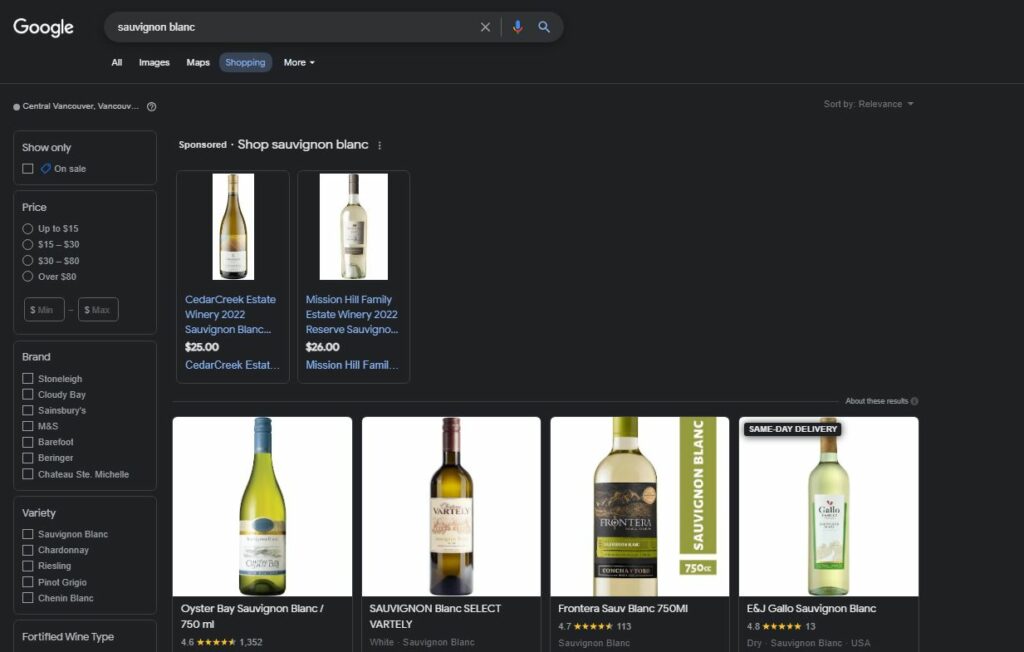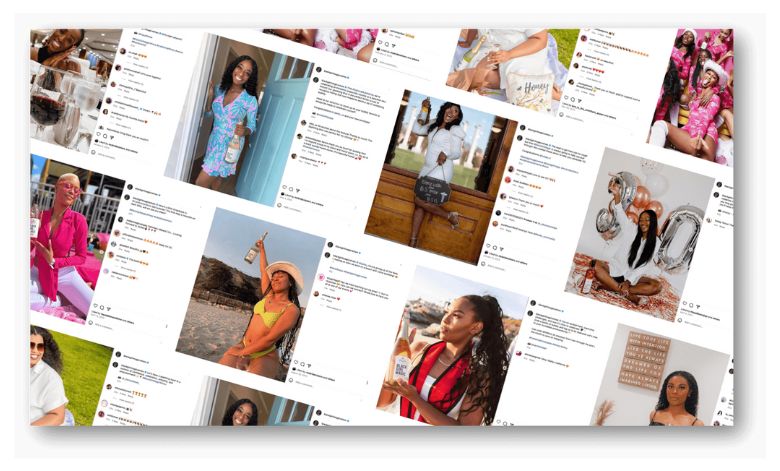
The 17th annual Direct-To-Consumer Wine Symposium stands out as the go-to event for wineries eager to stay on top of the latest developments in the wine DTC industry. WineDirect is proud to continue its platinum sponsorship of the event, with fundraising going to Free the Grapes! - a national grassroots coalition of wine lovers and wineries who seek to remove bans and streamline restrictions in states that prevent consumers from purchasing wines directly from wineries. Having eagerly attended the event, the WineDirect team is thrilled to share our top takeaways.
In recent decades, we’ve had to react to wildfires, a global pandemic, extreme weather, regulatory changes, economic uncertainty, inflation, staffing shortages, short and long vintages. The wine industry lives in a dynamic market, and wineries need to be futureproof to ensure sustainability and resilience. By embracing a forward-thinking approach, the wine industry can weather the storms of unpredictability and thrive in an evolving landscape, providing the enduring success of wineries for generations to come.
Looking at the past year, 2023 wasn’t great compared to 2022, with Q4 particularly driving overall results down. Orders were significantly down as the average order value (AOV) held steady.

We still have reason to be excited about the future. DTC Wine sales have a compound annual growth rate (CAGR) of 8%, with many growth opportunities. We want to focus on how wineries can implement strategies that will protect them from ongoing market changes and allow them to continue to meet or even succeed in their DTC sales goals. The goal remains the same: Attract, Convert, and Retain.



Wineries continue to face staffing shortages, and we want staff to be able to focus on hospitality, so it's essential to choose a platform that provides all that's needed to run your business out of the box but is also flexible to integrate with other partners as you desire. The All-New WineDirect is a modern platform that maximizes efficiency through automation and will continue to evolve and invest as marketing changes.
In the ever-evolving landscape of DTC wine sales, mastering the art of automation is a game-changer. You can save time and money for your winery by automating specific tasks, such as emails. Automating emails can help move consumers through the consumer journey. Here are five pivotal emails that wineries should automate to seamlessly guide consumers through their journey, from acquisition to loyalty and beyond:
The most common automated email most wineries use is the welcome email consumers receive when they sign up for your emails. Many wineries will deploy the standard, one-time welcome email that comes out of the box from their email service provider (ESM).
Welcome emails are among the highest converting emails on WineDirect, with an over 82% clickthrough rate (CTR). Start by adding more content to your welcome email. Show off your brand, tell a story, and excite your new potential consumer about your wine! You can elevate your welcome strategy by transforming it into a series. Craft a sequence that introduces your brand gradually, fostering a deeper connection with the consumer.
Cart abandonment emails are prevalent in other ecommerce industries but are still new for many wineries that sell wine DTC. These emails will follow up with the potential consumer when they add an item to their support cart, providing an easy way to continue shopping on your website. Research from the Baymard Institute shows that 70.19% of online shopping carts are abandoned. This automated email is a massive opportunity for wineries to earn more sales.
The biggest and easiest opportunity would be to enable cart abandonment emails if you haven't already. Most email service providers/ecommerce platforms, such as WineDirect, will provide a basic template requiring very little work. To further improve your abandoned cart emails, create emails that include discounts, shipping incentives, and clear call-to-actions (CTAs). Monitor your email and test to see what works best with your audience.
Imagine a new consumer just signing up for your wine club. They are so excited and can't wait to try your wine and learn more about your winery! But their first email after they join is a basic template with no branding or content. Your intro email should get your new members excited about joining.
Develop a well-thought-out onboarding email series that showcases the exclusive benefits of membership, creating enthusiasm and engagement among new members.
Selling to a consumer who already loves your wine is much easier than selling to someone new. Try engaging with consumers who have placed an order and haven't re-engaged in 90-180 days.
Recommend additional wines or the same one to reignite their interest. Extend an invitation to join your membership program for those who have made two purchases in six months.
We all have those email subscribers who don’t engage with any email and take up valuable contact space. Perhaps the email is no longer used, or the person is just no longer interested in your content.
Before deleting unengaged contacts, try crafting compelling win-back emails that reignite interest, using persuasive messaging to encourage a return to active engagement.
Set it up, but don't forget it. Regularly review and refine your automated campaigns to ensure they remain fresh, relevant, and effective in nurturing lasting consumer relationships.
In the dynamic realm of modern marketing, recognizing the potency of retargeting is crucial, yet its implementation requires finesse to avoid alienating consumers. The antidote lies in actively humanizing your brand, prioritizing genuine connections over aggressive targeting. Consider these key principles:
Humanizing your brand means recognizing individuals, not targets, and cultivating authentic connections. Embrace a culture of continuous experimentation for adaptability, build trust through consistent service, and infuse occasional surprises to keep the brand experience engaging. Finally, view mistakes as opportunities for growth, fostering resilience in the relentless pursuit of a truly humanized brand.
In navigating the immediate future, wineries must recognize the transformative potential of artificial intelligence (AI) and proactively integrate it into their operations. The impending shift from the current to the new world will likely be chaotic, demanding a paradigm shift in how businesses function. Keynote speaker Rishad Tobaccowala shared that to remain relevant in an AI-driven age, wineries should not only embrace AI but also actively adapt themselves and their business processes to harness its capabilities. From precision agriculture for optimized grape cultivation to predictive analytics for demand forecasting and personalized consumer experiences, AI offers a myriad of opportunities. Integrating AI-powered tools can enhance decision-making, streamline operations, and unlock valuable insights from data.
Tools available today offer free entry options, or premium subscriptions. Here are a few of the tools that were recommended by Rishad for wineries:
Wineries should consider AI as a complement rather than a replacement, leveraging its strengths to augment human inspiration and creativity. Embracing AI in this way will not only foster innovation but also position wineries at the forefront of a dynamic industry, ready to thrive in the evolving landscape.
Ensuring sustained success in the wine industry involves a strategic approach to diversifying DTC revenue streams. Consider embracing a new strategy this year by taking your tasting experiences on the road through engaging road show events. Picture your hospitality team traveling to the communities of your biggest champions, creating a unique and immersive connection with your audience of hand-selected attendees with an immense passion for wine. By bringing the winery directly to potential consumers, this approach opens new avenues for engagement and revenue generation. In the "Diversifying Your DTC Revenue Streams: Mastering Road Show Events," session, the panel shared that to plan a successful road show, it's imperative to meticulously outline the logistics, identify target markets and strategically selecting venues and hosts. Execution involves creating an immersive experience that captures the essence of the winery, incorporating unique elements that set it apart. Success measurement should encompass not only immediate sales but also brand exposure, attendee engagement, and subsequent conversions to the wine club or visits to the winery.
Vetting potential hosts plays a pivotal role in ensuring the event's success, shared Cyrus Hazzard (Crocker & Starr Winery), a WineDirect client. Direct conversations with the local hosts to align on event intention (i.e., social gathering vs. sales opportunity) and to set expectations on minimum spend is key. Consider offering exclusive rewards or discounts during the road show to incentivize attendees to join the wine club or make immediate purchases, fostering loyalty and boosting the ROI of your efforts.
The road show strategy not only generates direct sales but also serves as a powerful brand-building exercise. It establishes a personal connection with consumers, fostering a sense of loyalty that extends beyond the event. By creating memorable experiences, wineries can differentiate themselves in a crowded market, leaving a lasting impression on attendees.
As the 2024 DTC Wine Symposium concludes, we want to thank the hosts for providing a wonderful event and all the outstanding presenters who provided a wealth of knowledge wineries can use to take their DTC business to new heights. Coming together, sharing our knowledge, and helping each other make the wine DTC space stand out from the rest. We are excited about the future of the wine industry and hope these takeaways can help. Are you looking for more insightful DTC tips? The WineDirect content hub is an excellent resource for industry knowledge and how you can optimize your winery operations. Looking forward to seeing you all at the 2025 DTC Wine Symposium!